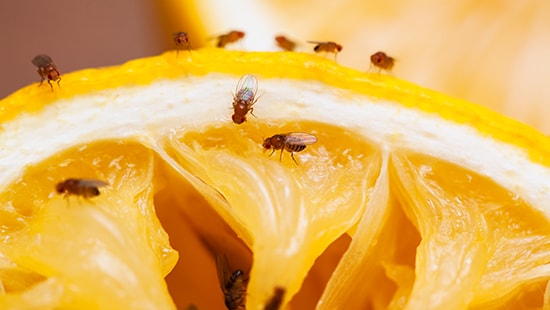Lab-Grown Diamonds: The Perfect Blend of Beauty and Ethics

Diamonds have long been a symbol of love, luxury, and status. However, their traditional sourcing methods have been mired in ethical and environmental controversies, leading many consumers to seek alternatives. Enter lab-grown diamonds, a revolutionary solution that combines beauty, sustainability, and ethics. This innovation in gemology is reshaping the diamond industry and providing a guilt-free option for jewelry enthusiasts worldwide.
What Are Lab-Grown Diamonds?
Lab grown diamonds, also known as synthetic or cultured diamonds, are created in controlled laboratory environments using advanced technological processes. These diamonds are chemically, physically, and optically identical to natural diamonds, making them virtually indistinguishable to the naked eye. Two primary methods are used to create lab-grown diamonds:
- High Pressure, High Temperature (HPHT): This method mimics the natural formation of diamonds by subjecting carbon to extreme pressure and temperature.
- Chemical Vapor Deposition (CVD): This technique involves breaking down carbon-rich gases in a chamber to deposit carbon atoms layer by layer, forming a diamond.
The result is a gemstone with the same brilliance, fire, and durability as mined diamonds, but with a significantly reduced environmental footprint.
The Ethical Advantage of Lab-Grown Diamonds
The diamond mining industry has faced widespread criticism for its association with unethical practices, including:
- Conflict Diamonds: Also known as “blood diamonds,” these are mined in war zones and sold to finance armed conflict.
- Exploitation of Workers: Many mines operate under poor labor conditions, often exploiting workers in developing countries.
- Environmental Degradation: Diamond mining causes deforestation, habitat destruction, and soil erosion, contributing to significant ecological harm.
Lab-grown diamonds eliminate these concerns entirely. Since they are created in controlled environments, there is no need for mining, ensuring a conflict-free origin. Workers involved in their production operate in safe, regulated conditions, further enhancing their ethical appeal.
Environmental Benefits
In addition to their ethical advantages, lab-grown diamonds are a more sustainable choice. Traditional diamond mining requires extensive land use and water resources, often leading to irreparable environmental damage. In contrast, lab-grown diamonds have a much smaller ecological footprint. For example:
- Reduced Carbon Emissions: Lab-grown diamonds require less energy than mining and generate fewer greenhouse gases.
- Conservation of Natural Habitats: Since no land excavation is involved, natural ecosystems remain untouched.
By opting for lab-grown diamonds, consumers contribute to a more sustainable future without compromising on quality or beauty.
Quality and Beauty: Indistinguishable from Mined Diamonds
A common misconception is that lab-grown diamonds are inferior to natural diamonds. This is far from the truth. Lab-grown diamonds possess the same chemical composition and physical properties as their mined counterparts. They are graded using the same criteria:
- Carat Weight
- Cut
- Color
- Clarity
Advancements in technology have even allowed for the creation of diamonds with exceptional clarity and color, often surpassing the quality of natural diamonds. Reputable certification bodies, such as the Gemological Institute of America (GIA), provide independent grading for lab-grown diamonds, ensuring their authenticity and quality.
The Cost Advantage
One of the most attractive aspects of lab-grown diamonds is their affordability. They typically cost 20-40% less than natural diamonds of comparable quality. This price difference allows consumers to purchase larger or higher-quality stones without exceeding their budget. For couples shopping for engagement rings or individuals seeking luxury jewelry, this cost-effectiveness is a significant advantage.
Changing Perceptions and Industry Growth
The perception of lab-grown diamonds has shifted dramatically in recent years. Initially viewed as a niche product, they are now embraced by a growing number of consumers, particularly younger generations who prioritize sustainability and ethical sourcing. Jewelry brands and retailers have also adapted, incorporating lab-grown diamonds into their collections and promoting their benefits.
According to industry reports, the global market for lab-grown diamonds is expected to grow significantly in the coming years, driven by increased consumer awareness and demand for sustainable products. This shift marks a turning point in the diamond industry, where ethical practices and environmental stewardship take center stage.
Conclusion: A Guilt-Free Sparkle
Lab-grown diamonds represent the perfect blend of beauty and ethics. They offer the same dazzling appearance as natural diamonds while addressing the ethical and environmental challenges associated with traditional mining. As consumers become more conscious of their purchasing decisions, lab-grown diamonds are poised to become the gemstone of choice for those who value sustainability and responsibility.






